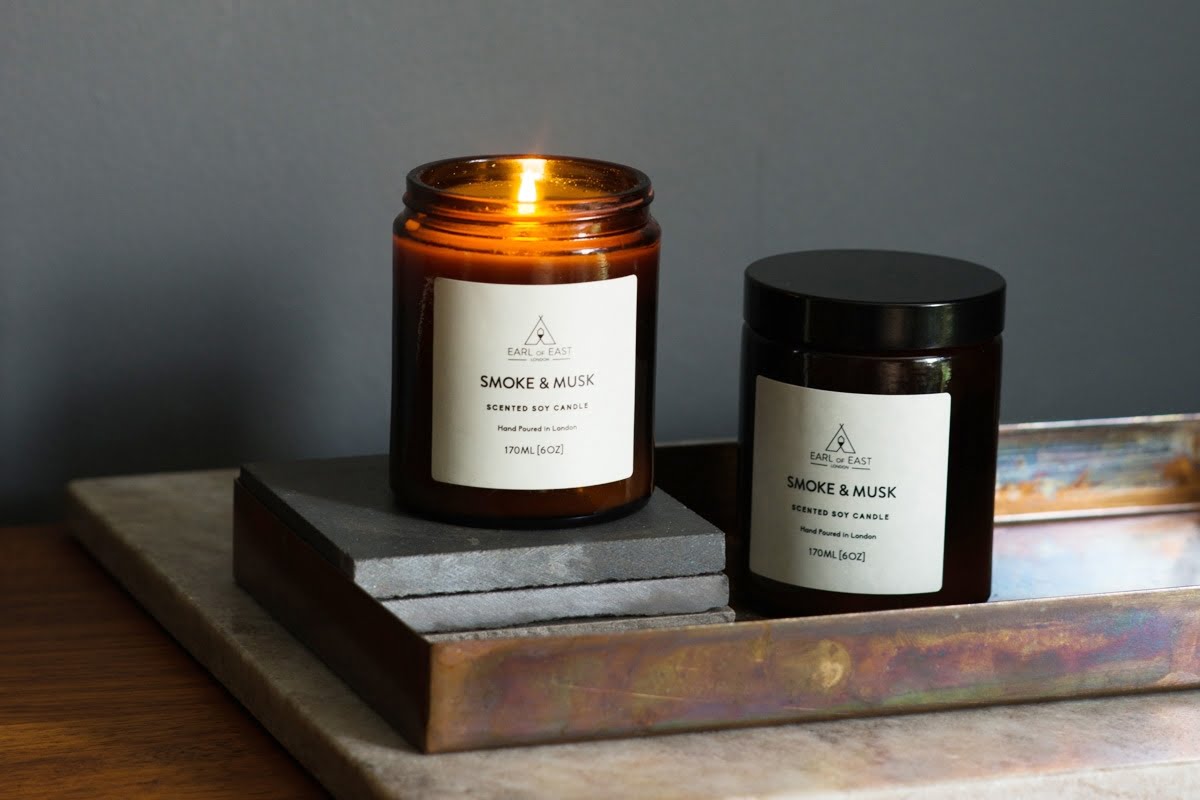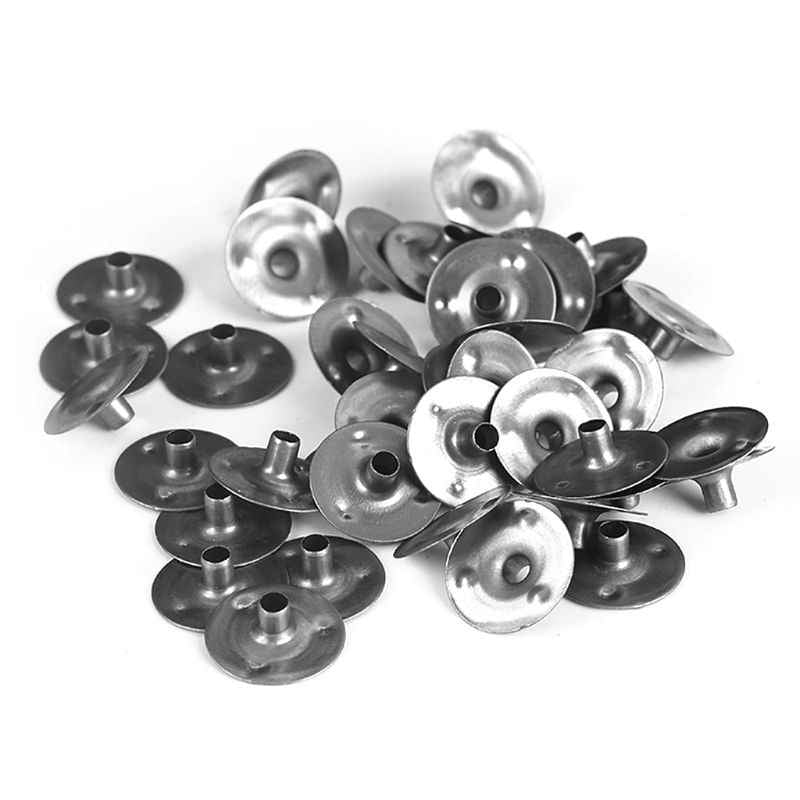Introduce Candle Making as a Creative Activity
Candle making can be an incredibly creative activity because it opens up numerous options for design and scent. You can make candles in different shapes, such as round or square, large or small. Additionally, you can create layered candles with multiple colors that create patterns or incorporate aromas for a pleasant smell. You can also customize the fragrance of your candle by adding essential oils to your wax container before melting or you can use scented oil which will provide the best distribution of scent throughout the candle. The uses are truly unlimited when it comes to being creative with your candles!
Focus on Scented Candles
Do’s:
• When making scented candles, always make sure to purchase a quality candle wax and use the recommended amount of scent per pound of wax. Generally, this is between one and three ounces of fragrance or essential oil per each pound of wax.
• Put candles in an area with good ventilation to ensure the scent disperses evenly throughout the room.
• Make sure that you are using wicks that are compatible with the type of wax you are using.
Don’ts:
• Don’t use too much scent as this can lead to problems such as candle tunneling, which happens when not enough liquid wax has reached the outer edges of a burning candle. Too much scent can also make a candle smell “off”.
• Don’t use materials for wicks that are not made for candle making as this can cause problems with uneven burning and potentially hazardous smoke emitters.
• Try to avoid using paraffin wax in order to keep your candles non-toxic and eco-friendly.
Scented Oils and Waxes Available:
• Essential oils ” made from distilled herb, spice, or floral extracts, essential oils offer highly concentrated scents while providing additional benefit to overall health and wellbeing depending on which oil is selected.
• Fragrance oils ” created by artificial means in order to mimic natural scents without requiring expensive distillation processes, these oils offer strong scents without unnecessary chemicals or animal byproducts.
• Plant-based waxes ” popular options include soy, palm, beeswax, candyfloss, olive oil-based waxes and other vegetable based alternatives.
Discuss Candle Additives
DO: Use quality-made wicks, preferably cotton with a stiff core. These will burn more evenly and provide a better burn for your candle.
DON’T: Choose to use non-certified dyes, fragrances and waxes as these can leave an odor to your candle or negatively affect its burning properties.
DO: Understand the different layers of wax needed when making layered candles. Each layer should contain a different wax that matches each other’s melting point temperatures. Doing this oneself is a time-consuming process that requires patience and care in order to achieve perfect results.
DON’T: Overfill containers with melted wax. This could cause smoking, weakness in the container walls, debris within the candle, or even an uneven burn due to warping of the container.
DO: Research the type of wax most suitable when making your candles ” some types of paraffin may be softer than others and therefore require less fragrance; whereas soy or beeswax will require more scenting to achieve result comparable to paraffin types.
DON’T: Leave candles burned unattended for long periods of time or place them close to fabric material such as curtains which can easily catch fire if left too close. Furthermore make sure that your candles always rest on even non-flammable surfaces such as trays or ceramic plates in order to limit the risk of accidents from taking place with your handiwork.
DISCUSS CANDLE ADDITIVES: Candle colors are typically achieved through various types of dyes specifically designed for applications like candle making but glitter is also widely used in both tea light and container ones as it gives extra sparkle to them! When using colorants remember that they will affect the actual burning results so do ensure you perform adequate tests prior committing on what would work best for you ” certain liquid dyes work better at cooler temperatures whereas block types tend to hold their enhancements even after high temperature applied during pouring processes whereas powder based ones may leave a hazy smoke look during their burning sessions!
Expand on Cleaning and Maintenance
Cleaning and Maintenance:
When it comes to cleaning and maintaining your candle molds, the most important steps are to first ensure that you are using correct safety measures before you begin. You should always use rubber gloves and eye protection when working with wax.
For metal molds, you can simply clean them with a cloth dampened in warm soap water or isopropyl alcohol, wiping off any clinging wax residue or dirt that may have accumulated. Make sure the mold is completely dry before re-using it! Inspect the wick holders too, as some moulds require wick pins to secure the wicks in place. It is also helpful to lubricate the inside of your metal molds with oil or butter after each use. This simple step will make it much easier to remove your candles once they’re cooled.
For silicone molds, they are fairly easy to clean but require extra care so as not to damage them in time. Before cleaning your silicone mold, do not directly pour boiling water into them as this may distort their shape due to significant temperature fluctuations. Submerge the mold instead in lukewarm soapy water and remove any lingering residue using a soft brush (never use metal brushes). Dip a cotton swab into rubbing alcohol and use it to remove all remaining wax from intricate parts such as engravings or patterns within your silicone molds. Lastly, for both silicone and metal molds ” be sure to let them cool down before attempting to remove the finished candles!
Offer Resources
Do:
• Research all ingredients thoroughly to ensure you are using safe and non-toxic materials.
• Choose high-quality wax, wicks, and other supplies to make sure your candles burn clean and evenly.
• Use caution when working with open flames.
• Wear eye protection when pouring molten wax into candle molds or containers.
• Work in a well-ventilated area as fumes can build up quickly.
• Take safety precautions such as washing hands after handling furans and other potentially hazardous substances.
Don’t:
• Don’t use petroleum-based oil products as they can release toxins during combustion.
• Don’t add too much scent to the wax, as this can cause your candles to produce a smokey odor when burned.
• Don’t place candles near flammable materials or items that could easily ignite if exposed to an open flame.
• Don’t try to make candles without proper guidance or instruction from experienced candle makers, as incorrect technique can be extremely dangerous and may lead to injury or worse.

Welcome to my candle making blog! In this blog, I will be sharing my tips and tricks for making candles. I will also be sharing some of my favorite recipes.





